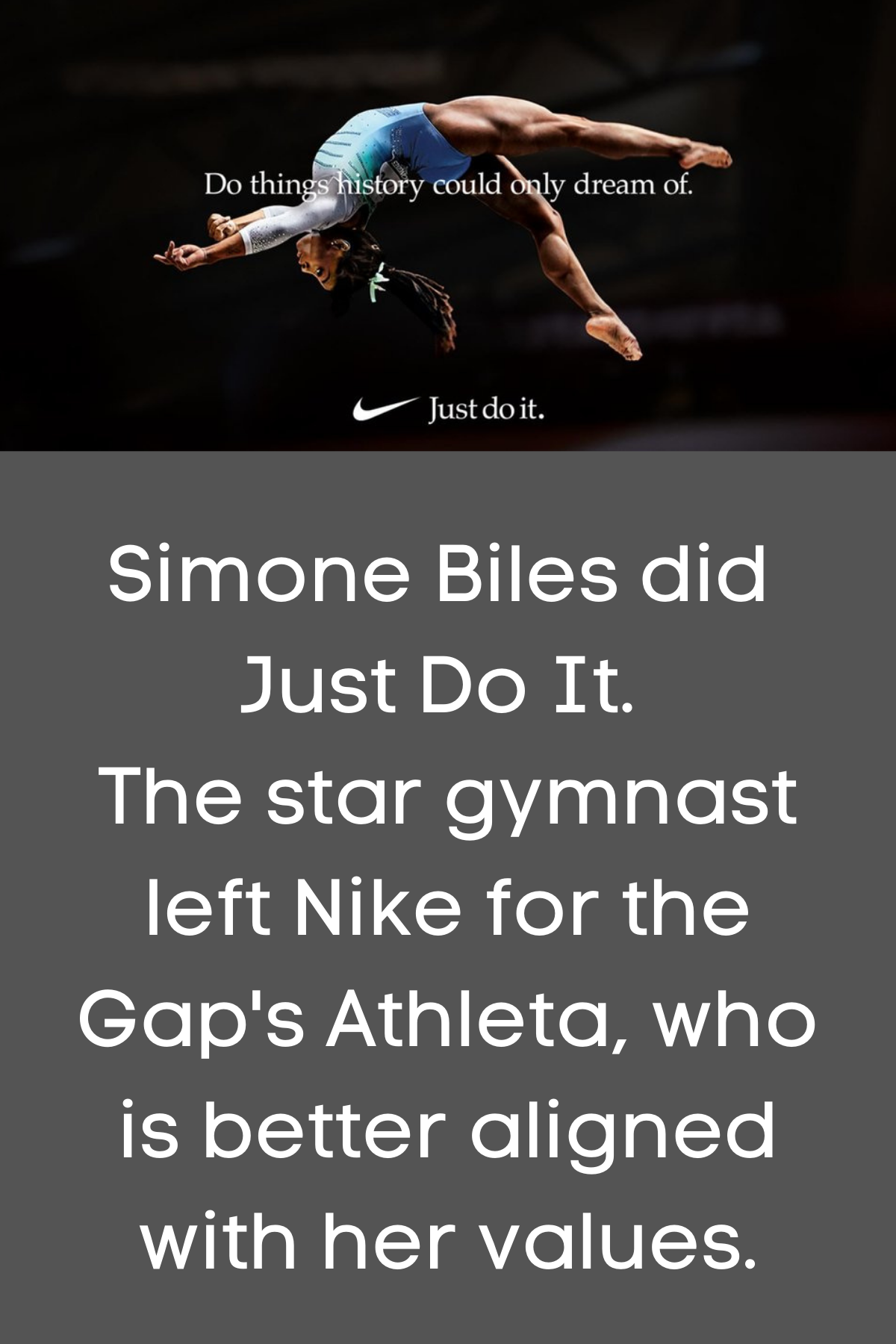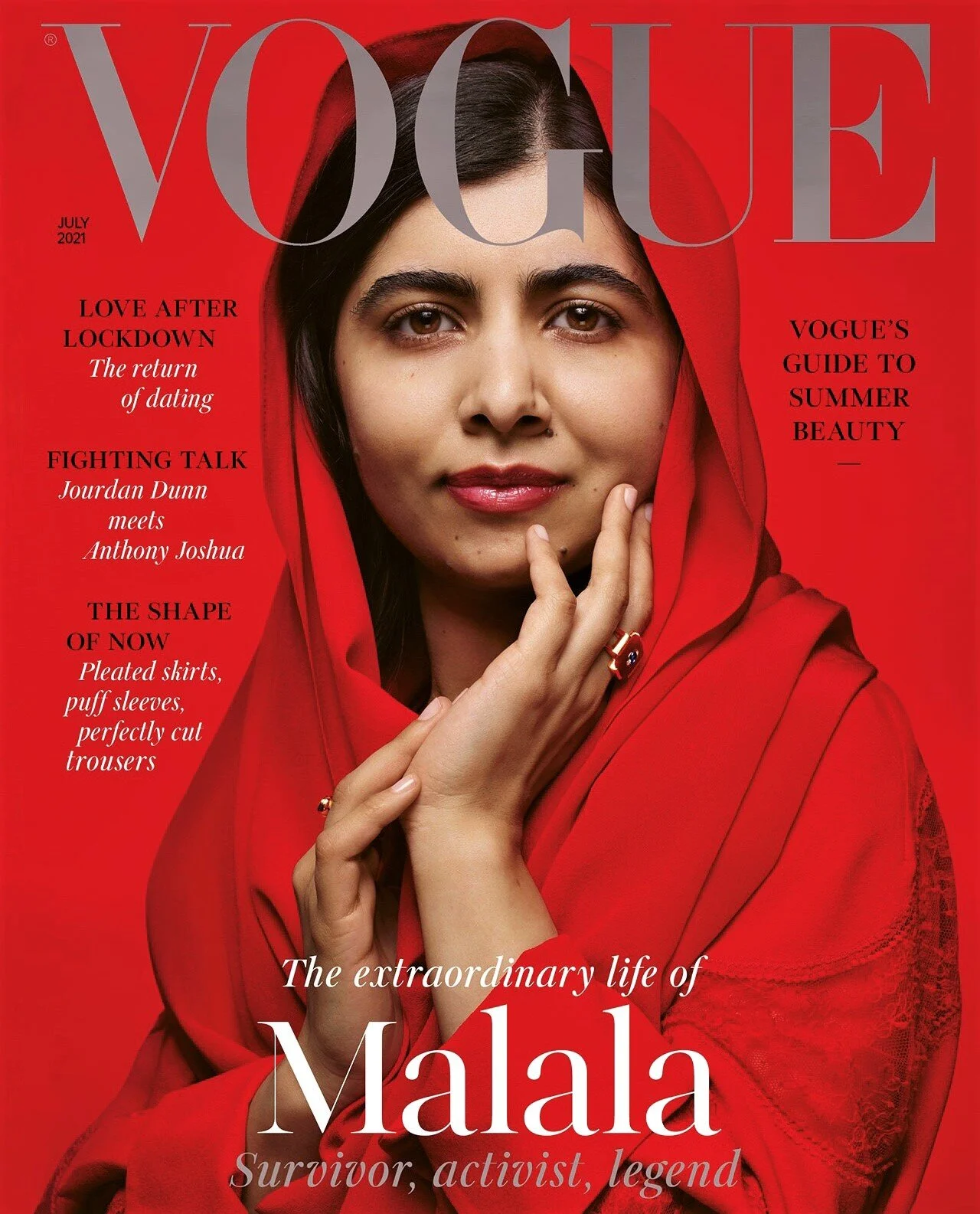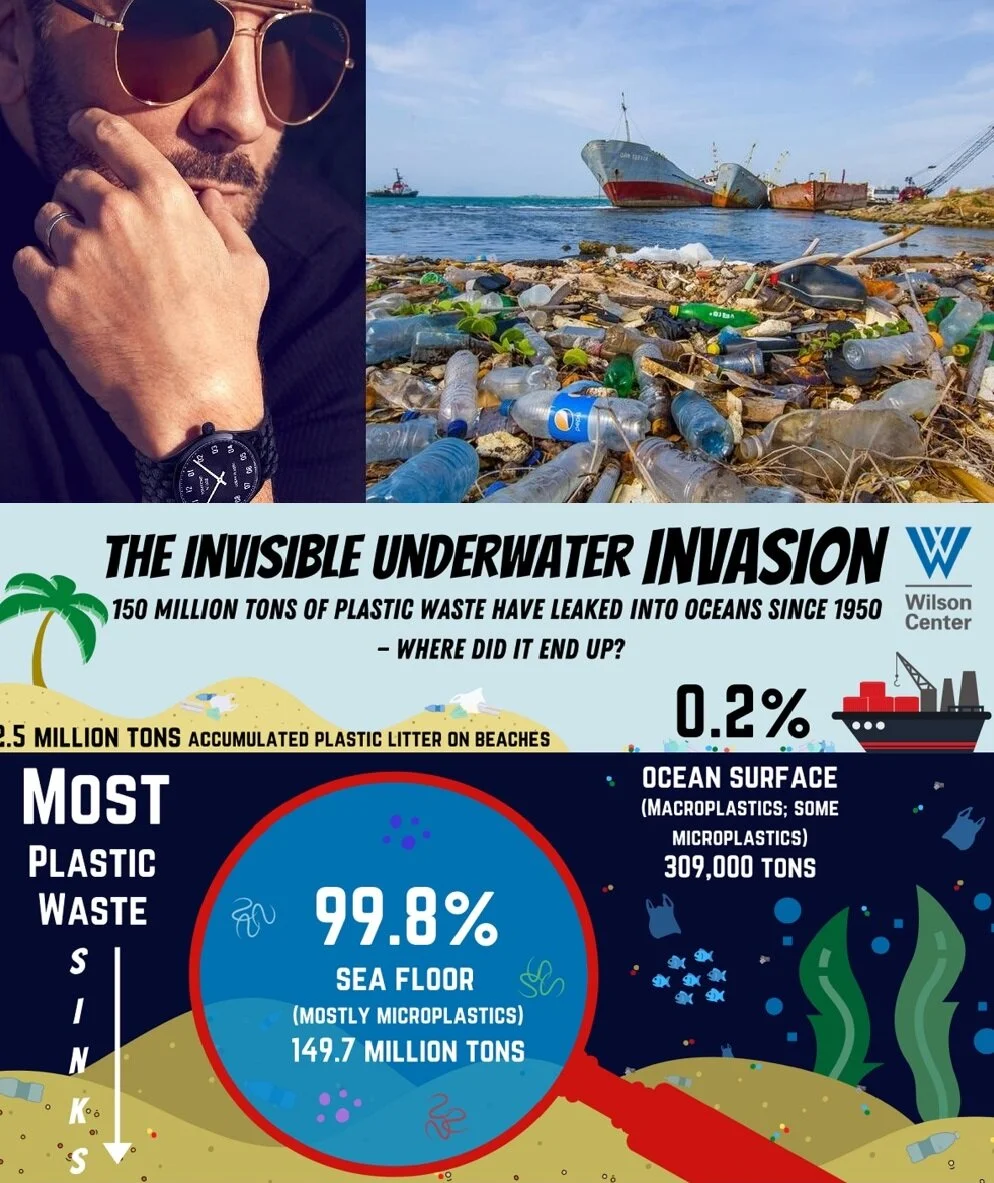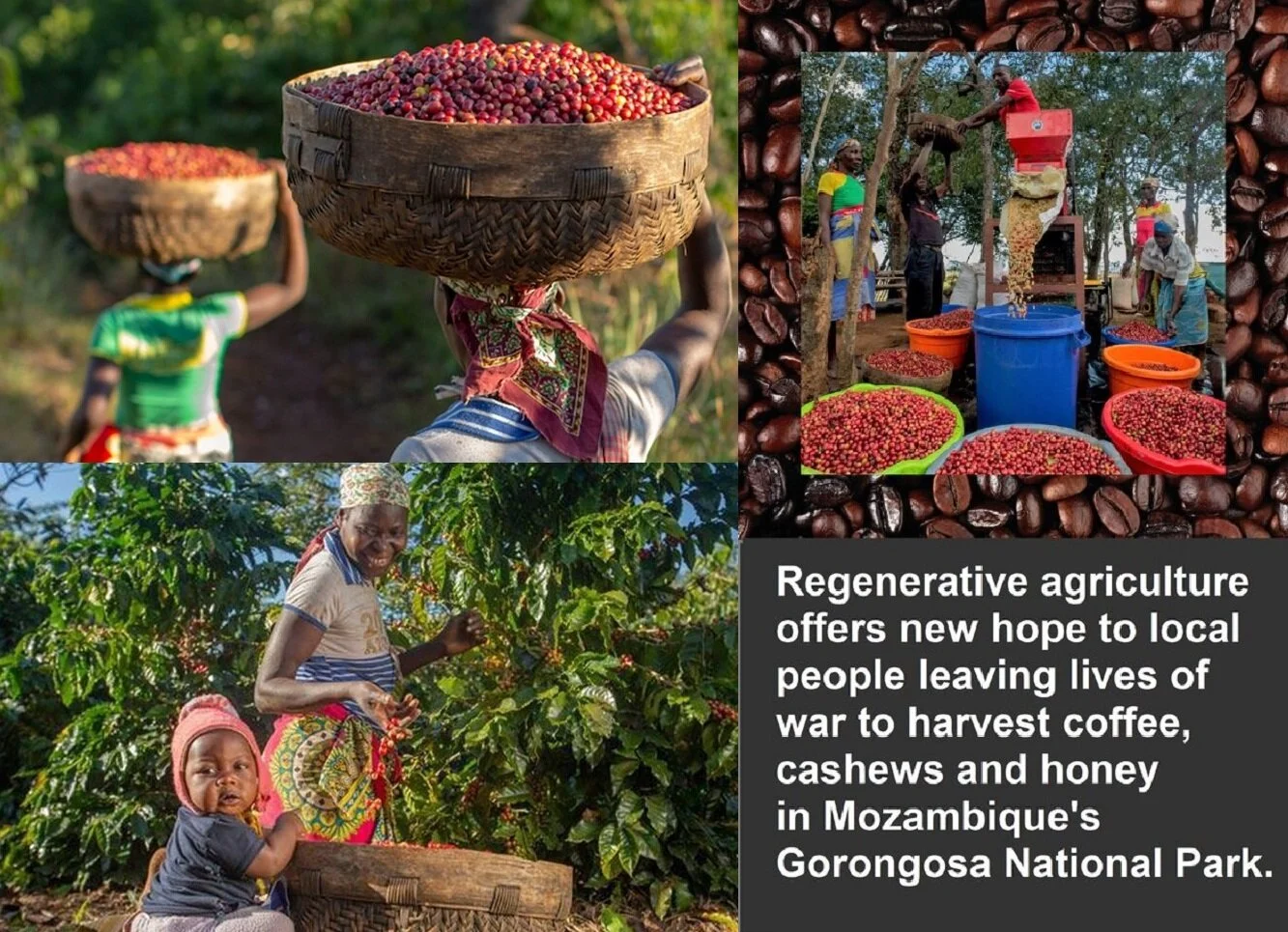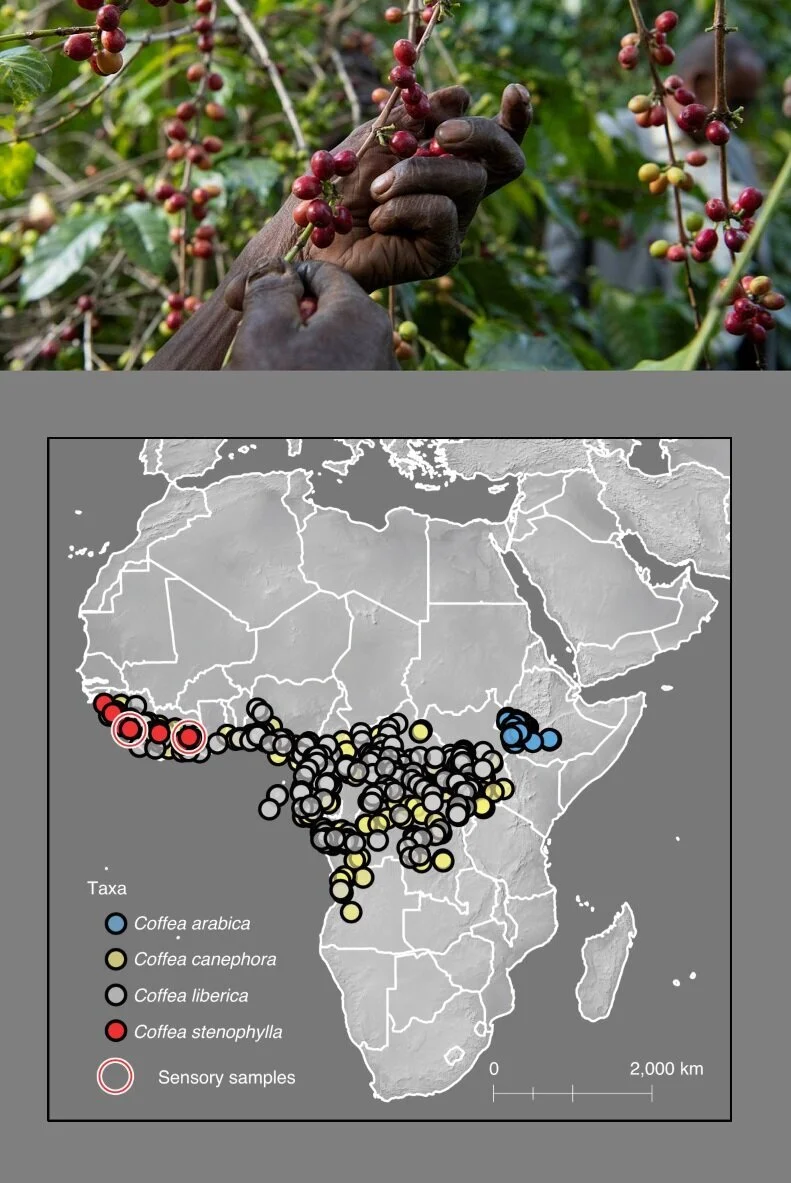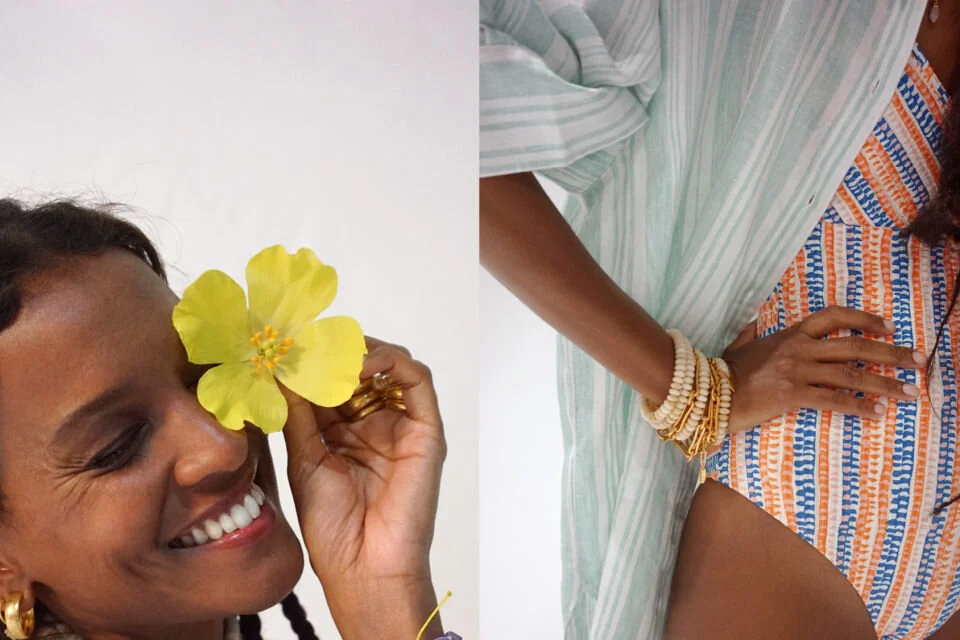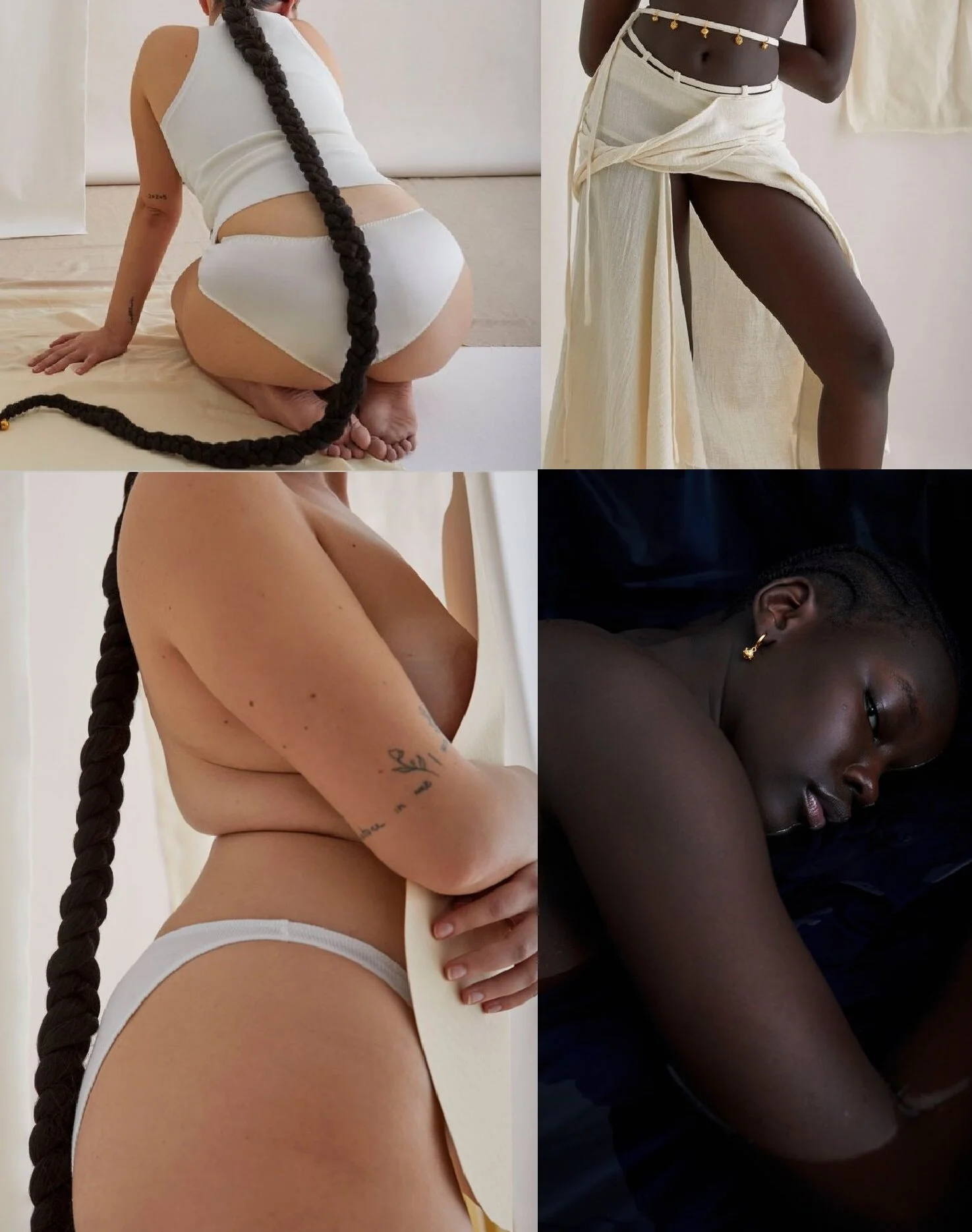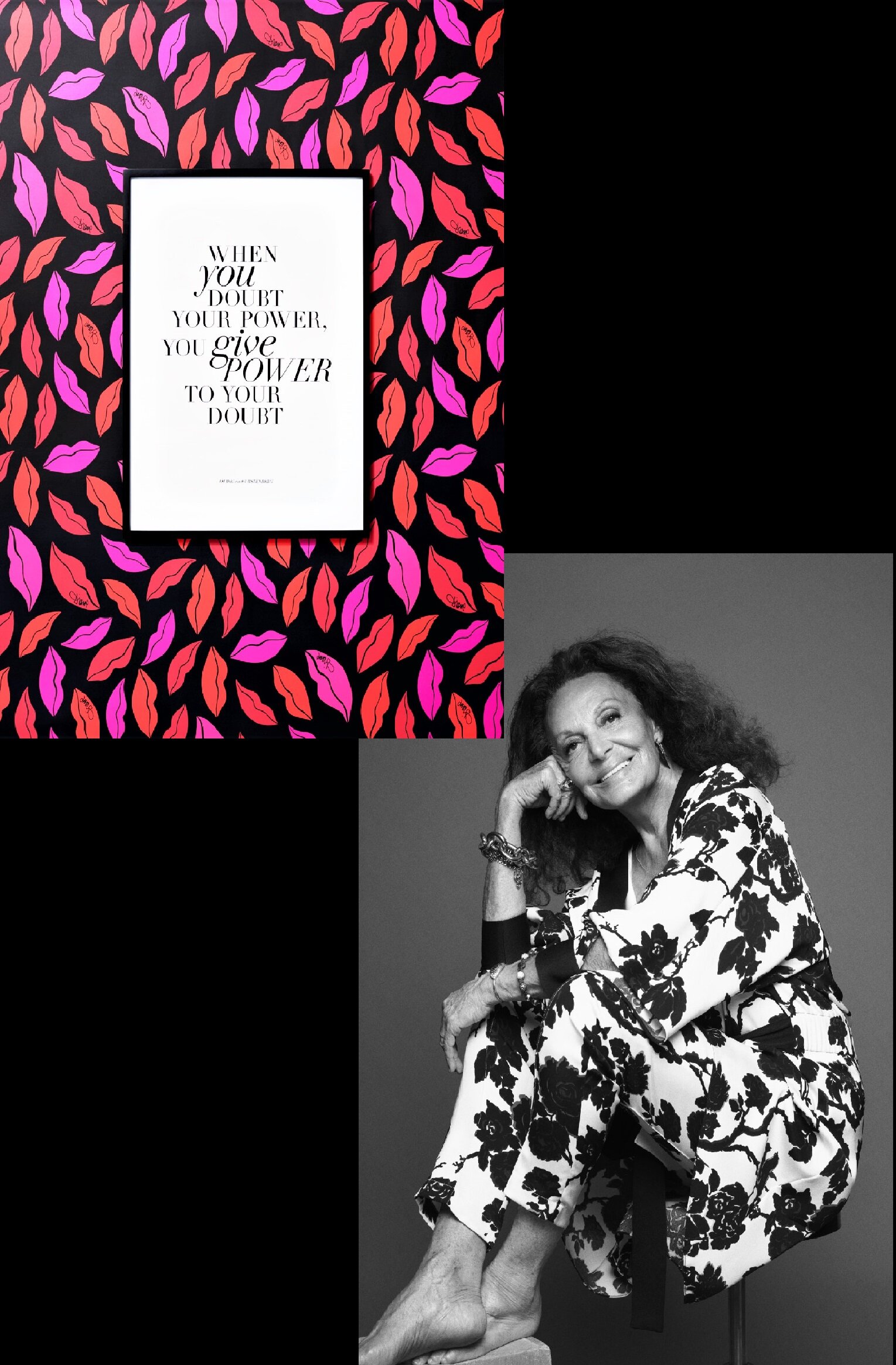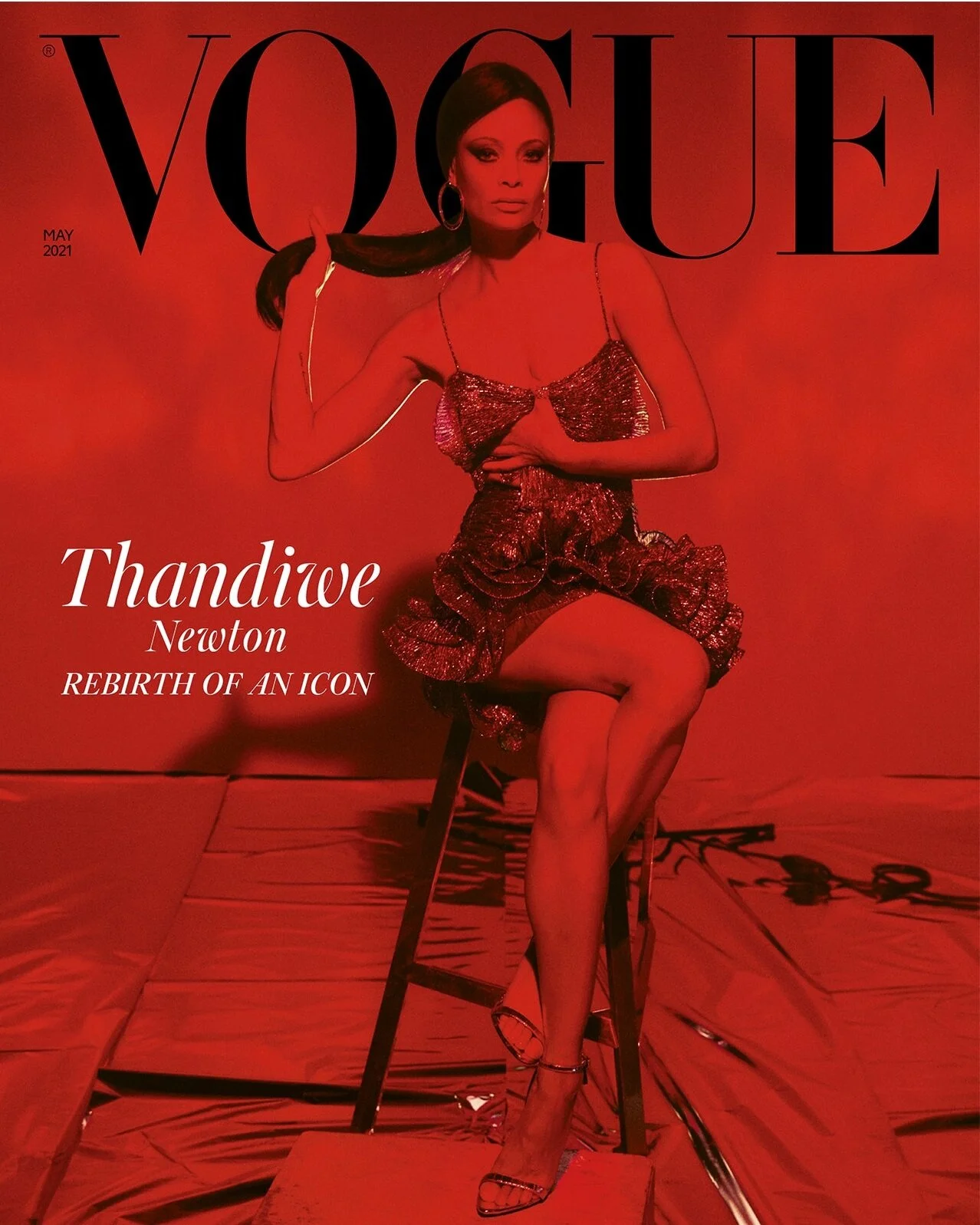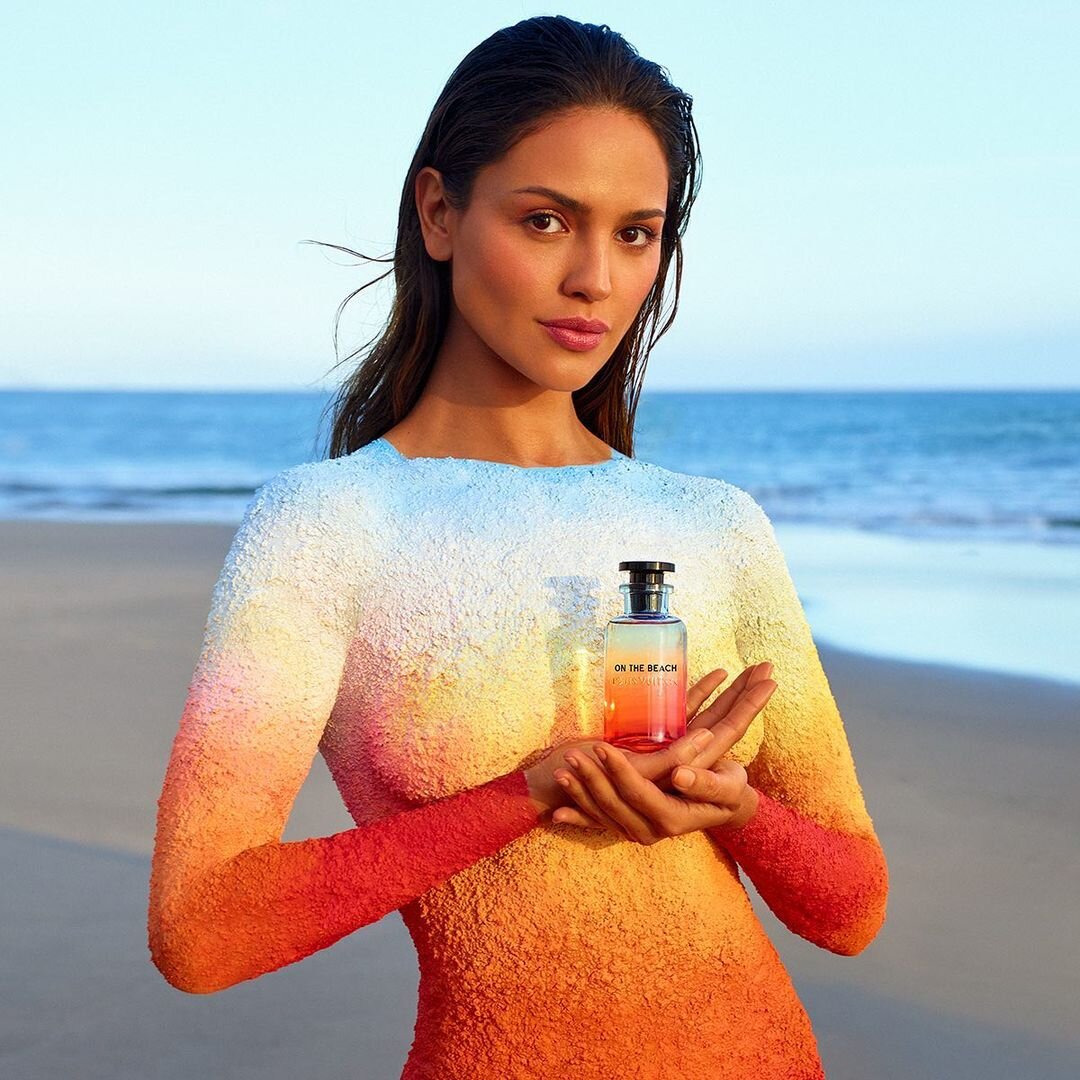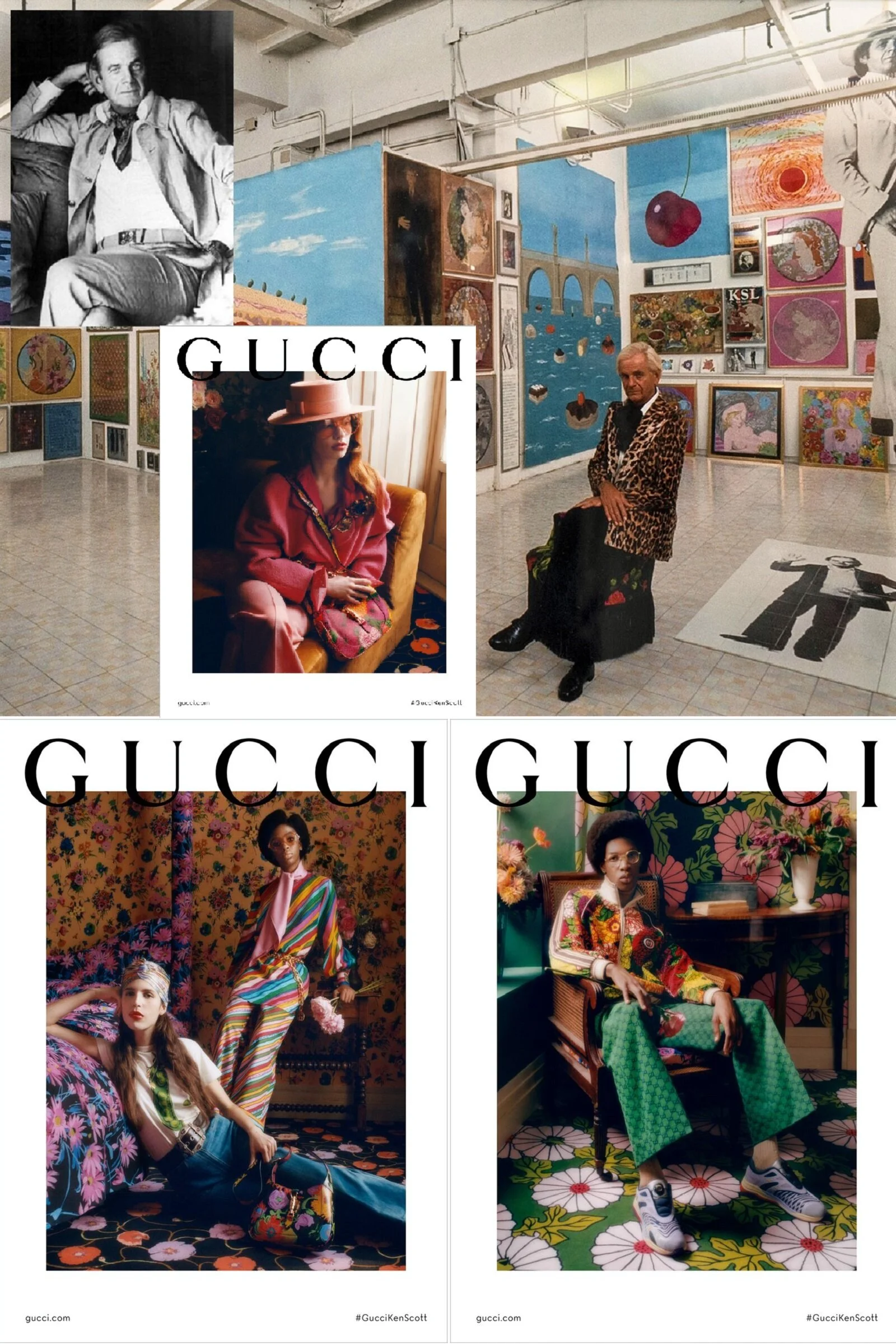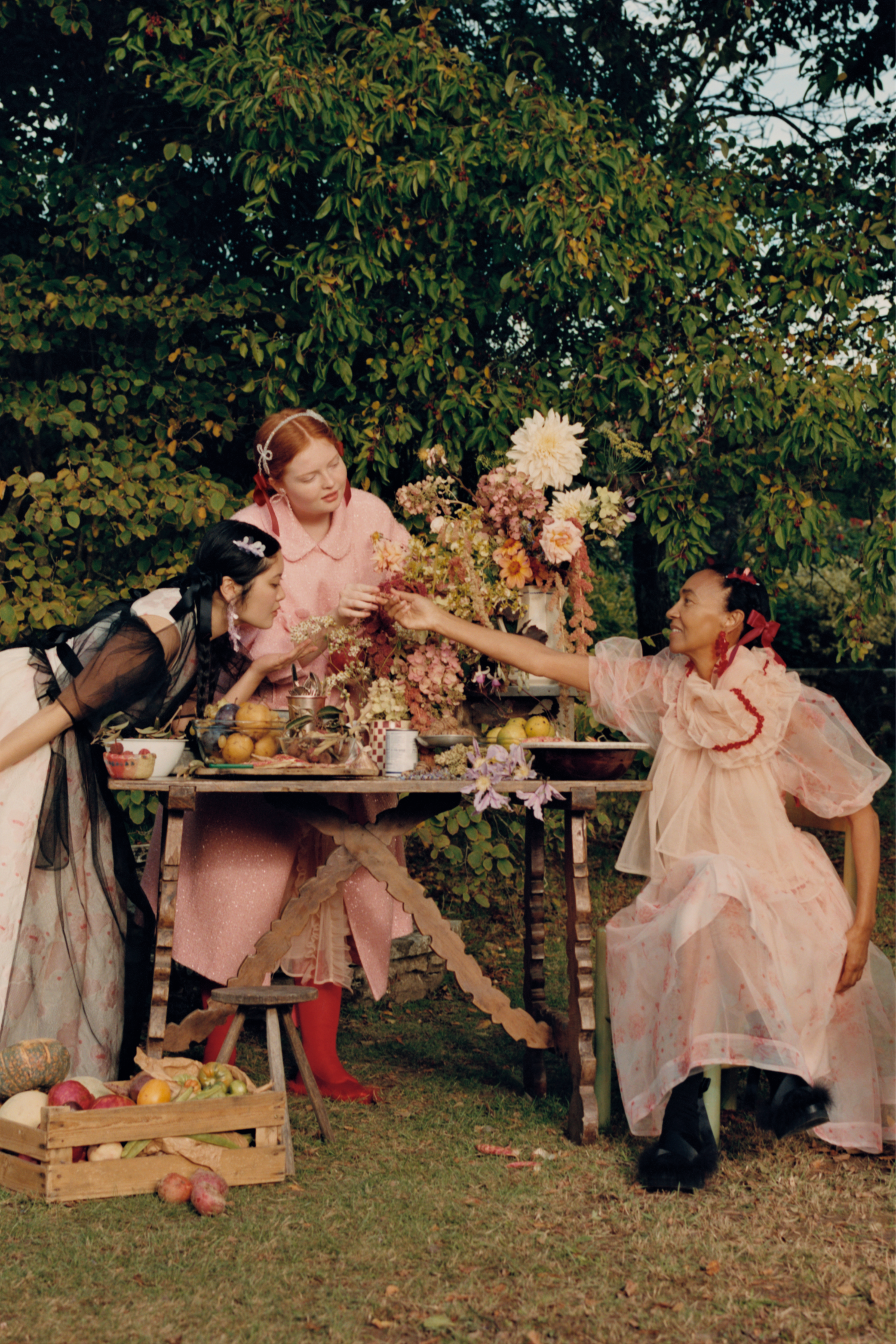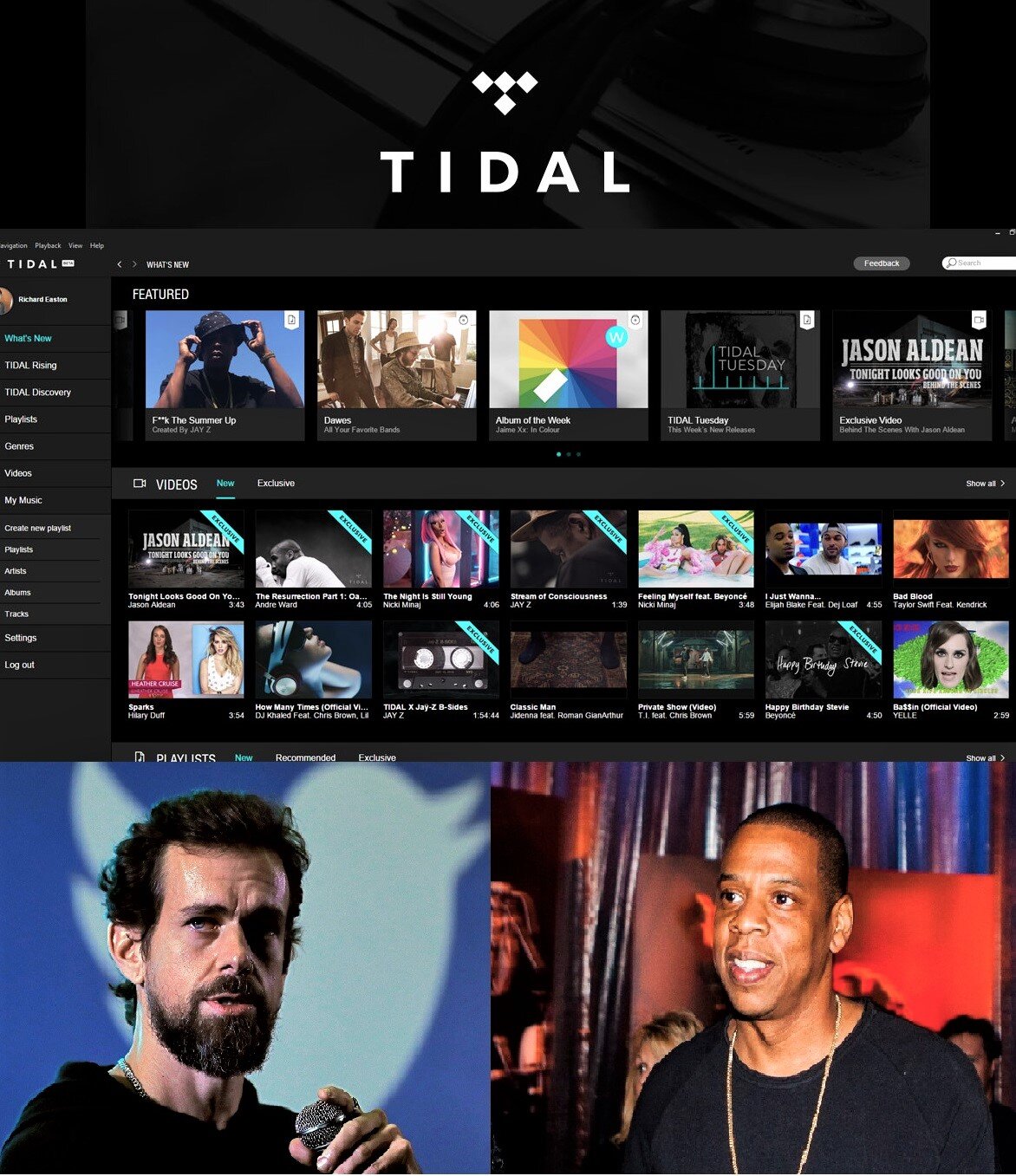Anne Goes Underground with Danger Mouse, Dark Night of the Soul, & the Mother of all Funk Chords
/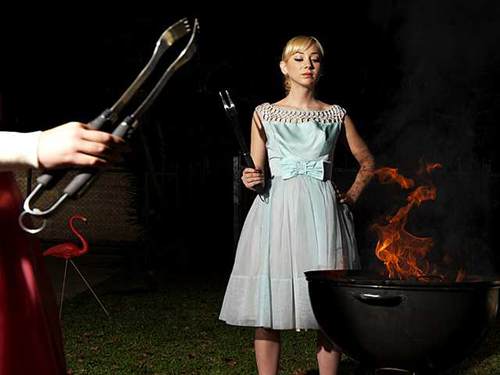 My little creative journey this morning began with the LATimes ‘Dark Night of the Soul’ can be seen but not heard.
My little creative journey this morning began with the LATimes ‘Dark Night of the Soul’ can be seen but not heard.
“Call it this year’s most notable cross-species creative partnership: When Grammy-winning studio whiz Danger Mouse reached out to musical surrealist Sparklehorse about a possible collaboration in 2004, the stated intention was to make music, not art.
But that’s not exactly how things panned out.
After roping in 11 indie rock and alt-country star pals on two continents to contribute guest vocals, the duo produced an album’s worth of atmospheric soundscapes. Then Danger Mouse, who is one-half of the hip-hop-psych-soul duo Gnarls Barkley, called on idiosyncratic director David Lynch to “visually interpret” the tunes with photos.” via ‘Dark Night of the Soul’ can be seen but not heard.
I like to project the image of being pretty darn hip for an ‘older woman’, but this entire article is gibberish to me, except for David Lynch.
Reading along, I understand that David Lunch has illustrated his ‘visual response’ to Danger Mouse’s music, using photographs. And the project, called ‘Dark Night of the Soul’ has pubished a book of those photographs. See Amazon.
The David Lynch photographs, “a representation of what went on in my head when I heard the songs,” said Lynch” are opening in LA’s Michael Kohn Gallery.
The book “Dark Night of the Soul’ is being shipped with a blank CD, because the music side of this project is embargoed, in a dispute between the artists and EMI. The inferences of what to do with the blank CD are left to the purchaser.
Personally, I’m intrigued by the phrase “Call it this year’s most notable cross-species creative partnership”. Who is Danger Mouse? Who is Sparklehorse? David Lunch, I know, thankfully.
“The project began when Danger Mouse, a.k.a. Brian Burton, met the manager for Sparklehorse, a.k.a. Mark Linkous, at the South by Southwest Music Festival in Austin, Texas, in 2004. Burton told her how much he admired the reclusive musician’s ability to marry “harsh distorted sound and static” with the delicate nature of his voice. Afterward, the manager passed Linkous a CD of Burton’s breakthrough recording, the so-called Gray Album, his bootleg mash-up of the Beatles’ “White Album” with rap a cappellas from Jay-Z’s “The Black Album.”
Now I’m piecing the trail together, thanks to Wiki. Note that references calling the music the Grey Album vs the Gray Album are equal. I’m using Gray Album, following the LA Times, who should know.
Dangermouse - Encore (from the Gray Album)
The EMI legal dispute involves the Gray Album, which is the YouTube video that convinced me to take your time (and mine) to write about Danger Mouse, who is one very creative guy.
Apparently, my instincts are ‘right on’ because people who know what they’re talkin’ about had the same reaction to the Gray Album.
Read the New Yorker’s The Mouse that Remixed, Feb. 9, 2004.
This story also gives us insights into the challenges of creativity, collaboration, copyright and the law in the digital age. Danger Mouse is a DJ, not an original musician. His creativity is ‘applied’ creativity, much as my own.
Per Wiki: the Gray Album was a big hit in 2004. Danger Mouse never asked permission to use The Beatles’ material, and intended to produce a limited production run of 3,000 copies. Jay-Z’s material, on the other hand, was commercially released in a cappella form. Although the work was copyrighted, it was released for the implicit purpose of encouraging mashups and remixes.
Sampling & Fair Use
Now the plot really thickens, in a confrontation between indy artists and the music industry’s ownership rights of copyright material, cast against the musical technique of ‘sampling’ or using short clips of music, without paying a royalty.
To educate you — if you’re the dunce that I am on these matters — when you go to Amazon and listen to a short clip of a song, it’s short enough that no royalty is required to the artists.
In the case of the Gray Album and other uses of the ‘sampling’ technique, the artists believe that the fair use doctrine, allows them to ‘sample’ other people’s work, in the creation of their own ‘original’ artistic statement.
‘Fair use’ is also a concept in play in fashion editorial photography. I ‘sample’ photos from magazines, although I tend to take them from other blogs. We all do it.
Note that Jay-Z, a music mogul himself, encourages the practice as a way of both sponsoring creativity but also as a way of spreading his music, reputation, and branding. Consider it free publicity and also an example of the collaborative nature of the Internet.
The Gray Album & Internet Activism
When the Gray album was released, it caught on like fire and also became embroiled in the EMI lawsuit. ‘Gray Tuesday’ was a day of coordinated digital civil disobedience on February 24, 2004. Per Wiki, an activist group Downhill Battle, an activist group seeking to restructure the music industry, encouraged websites to post copies of the Gray Album online, with free downloads for 24 hours, in protest of EMI’s attempt to embargo the music, pending a favorable agreement on royalties.
Over 100,000 copies were downloaded in one day on about 170 websites.
Back to the Beginning: Danger Mouse Today
Apparently,Dark Night of the Soul’ can be seen but not heard because EMI has some kind of comprehensive injunction on Danger Mouse’s distribution of music. Of course, the Internet world has a strong opinion on this legal dispute, so we will go now to YouTube, where I give you bootlegged video of Dark Night of the Soul.
track1
It’s inconvenient to listen to the CD in this way, but clearly people will be able to download the music, one way or the other. This enterprising person has uploaded each track individually. Many artists have contributed to this CD: ulian Casablancas of the Strokes; Iggy Pop; James Mercer, singer-guitarist for the Shins; Nina Persson of the Cardigans; Suzanne Vega; Grandaddy chief songwriter Jason Lytle; Wayne Coyne and Steven Drozd of the Flaming Lips; Black Francis, formerly of the Pixies; singer-songwriter Vic Chesnutt; and Gruff Rhys from Super Furry Animals.
Hopefully, the videos are still available when you try to play them. If not, you know that the EMI lawyers intervened.
As for Anne of Carversville, well I presume that we will be standing. You can see the viral, exponential power of this concept. I can’t imagine the entire web universe receiving ‘cease and desist’ letters from EMI lawyers. I’ll keep you posted.
Music Post Script
I wrote a couple weeks ago THRU YOU: The Most Beautiful Cacophony You Will Ever Hear Ever! Ever! about being totally enthralled with the YouTube sponsored Kutiman-Thru-you project. This is an example of YouTube creating a sampling collaboration off of YouTube-submitted snippets of multiple sources of music. Very cool! Very, very cool! Anne
Kutiman-Thru-you-01 Mother of All Funk Chords

